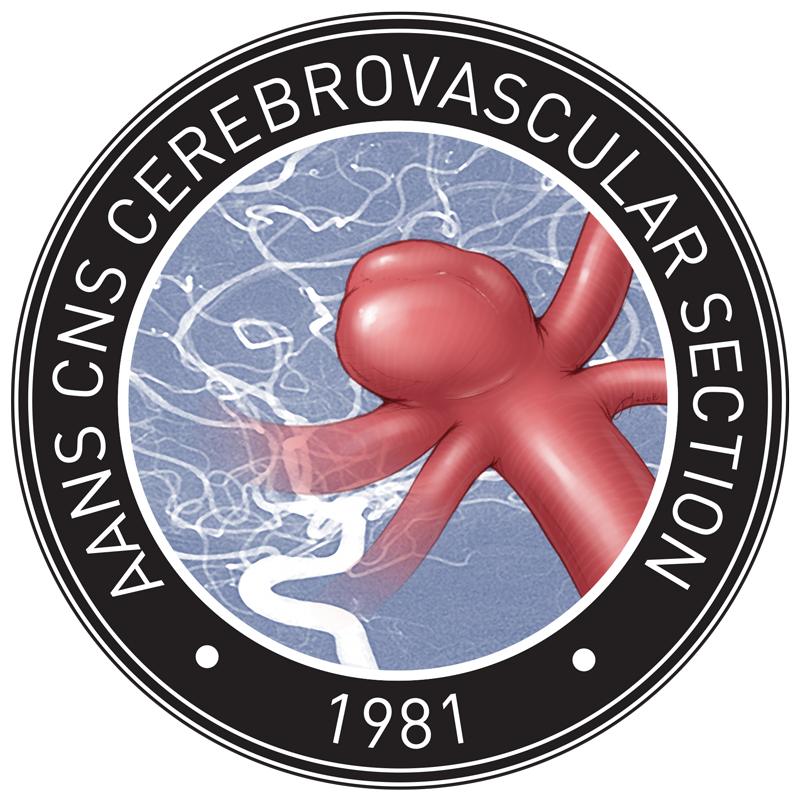Flow Diversion for Treatment of Intracranial Aneurysms in Pediatric Patients: Multicenter Case Series

Joseph R. Linzey, MD, MS
Department of Neurosurgery, University of Michigan
With the advent and increasing popularity of the Pipeline Embolization Device (PED) in the adult population, it is important to understand the safety and efficacy of PED use in the pediatric population. In this study, a collaborative effort across 16 institutions, comprising the Endovascular Neurosurgery Research group, retrospectively analyzes the clinical outcomes in 39 pediatric patients undergoing treatment of 50 intracranial aneurysms with PED placement.
Of the 50 aneurysms, 26 (52.0%) were non-saccular, 6 (12.0%) were giant, and 5 (10.0%) were ruptured. The authors obtained complete aneurysm occlusion in 74% of the treated aneurysms. During the follow-up period, only 3 (6.0%) aneurysms required re-treatment. Two of the patients with ruptured aneurysms died in the immediate post-procedure period secondary to re-rupture of the treated aneurysm.
This study suggests that there is a similar safety profile for flow diversion with PED in pediatric patients compared to adult patients. As the authors note in the limitations section, there were only 8 patients younger than 10 in this population. This is a heterogeneous study population. However, especially in the context of unruptured aneurysms within the pediatric population, use of the PED is efficacious. As the authors note, care should be taken in pediatric patients with ruptured aneurysms and when titrating antiplatelet regimens given the unique reactivity of these agents in the pediatric population.
Read the full study here: https://academic.oup.com/neurosurgery/advance-article/doi/10.1093/neuros/nyz380/5574634?searchresult=1
